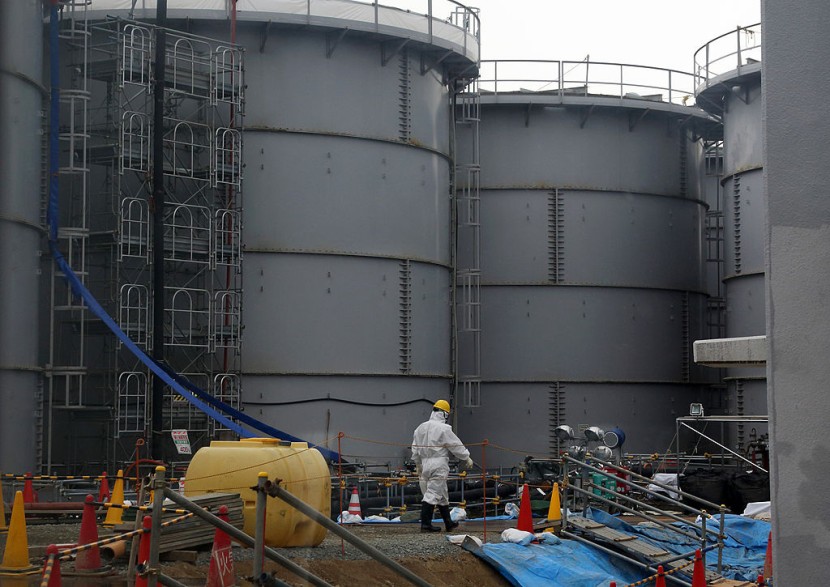The plan by Japan to discharge millions of tons of clean radioactive water from the tsunami-damaged Fukushima Daiichi power plant into the Pacific Ocean is expected to receive support from the UN's nuclear watchdog.
Rafael Grossi, the head of the International Atomic Energy Agency (IAEA), arrived in Japan on Tuesday for the start of a four-day trip. There, he will present the findings of the IAEA's two-year evaluation of the safety of the plan, as reported by Aljazeera.
Japan's neighbors and other Pacific island nations have vehemently opposed the plan to release the more than 1.33 million cubic meters of water that have accumulated on the site since the nuclear disaster in 2011.
Concern has also been expressed by Japanese civil society organizations and representatives of the fishing sector.
After visiting the Fukushima plant on Wednesday with Japanese Prime Minister Fumio Kishida, Grossi will then fly to South Korea, New Zealand, and the Cook Islands.
Concerns Over the Radioactive Water
The Fukushima Daiichi nuclear power plant was severely damaged in a 2011 earthquake and tsunami, and the resulting meltdowns released large amounts of radioactive water into the environment. Since then, over 1 million tons of contaminated water have been stored in tanks at the site.

The Japanese government plans to release this water into the Pacific Ocean, but there are concerns about the safety of this plan.
The water contains a variety of radioactive isotopes, including tritium, carbon-14, iodine-131, caesium-137, strontium-90, and cobalt-60. Some of these isotopes have long half-lives, meaning that they will remain radioactive for thousands of years.
There is some uncertainty about the potential health and environmental impacts of releasing the Fukushima water into the ocean.
Some studies have suggested that the levels of radiation in the water will be too low to pose a significant risk to human health or marine life. However, other studies have raised concerns about the potential for long-term health effects, and the possibility that the water could contaminate seafood and other marine products.
There are also concerns about the precedent that the Fukushima water release would set. If Japan is allowed to release this water into the ocean, it could open the door for other countries to do the same. This could have a significant impact on the global environment and could make it more difficult to manage the risks of nuclear power.
The Japanese government has defended its plan to release the Fukushima water, arguing that it is the safest option available. However, there are still many unanswered questions about the potential impacts of this plan.








